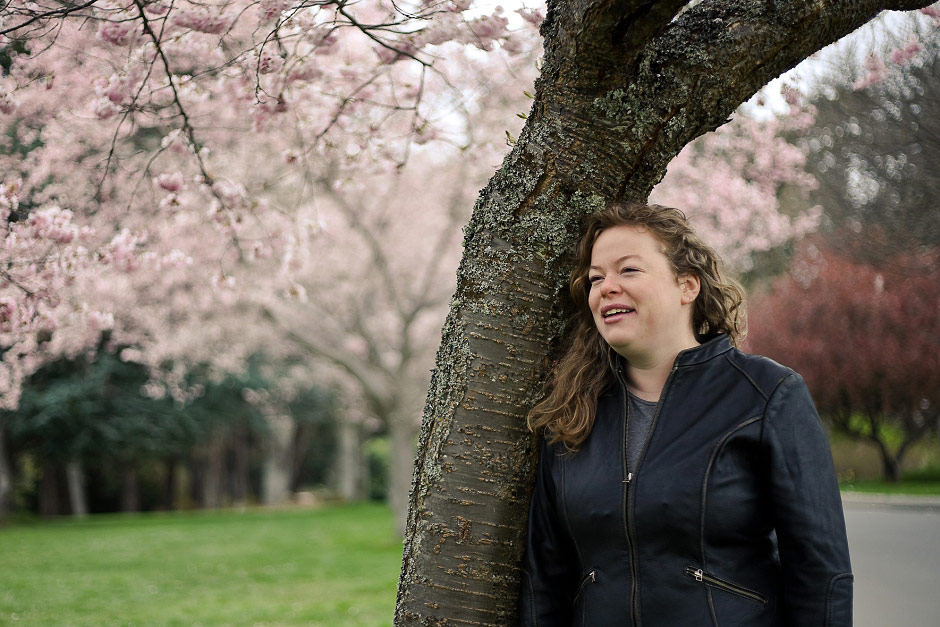I’ve been teaching photography for ten years now and people often ask me what kind of camera they should buy.

My answer has always been the same: a digital camera with manual exposure mode. Why this?
Digital:
- Digital is easier to learn on than film because you can see your results right away, rather than waiting for the film to be developed when you may not even remember what you did (if you do use film, write down your settings for every photo as you learn).
- You can see what mistakes you made and try something to correct them, then see how the change affected your photo.
- Some cameras let you see how your exposure and white balance change as you change the settings, either with a mirrorless camera’s electronic viewfinder/screen or using liveview on a DSLR. This can be useful when trying to grasp a new concept. However, I do find taking a photo and then reviewing the result right after is better for remembering what you learned, since we remember better when we make mistakes.
- It’s a lot cheaper to take a lot of photos, so you can practice as much as you want.
Manual Exposure Mode:
- A camera with manual exposure will usually be advanced enough to let you take control of the other settings that matter such as white balance and focal points.
- See this post for why you might want to learn about and understand the above settings.
- Learning about exposure is fundamental to understanding photography. You can absolutely learn how to take a great photo with something like a smart phone, but controlling your exposure will let you make artistic choices that wouldn’t be possible otherwise.
Because of the above, those two things are my only criteria when it comes to a camera to learn on. So, go borrow a camera, find a great deal on a buy-sell group, or use the camera that’s been gathering dust in your closet for years.
The worst thing you can do is put off learning while you spend months researching gear or saving up the money to buy an amazing camera. I spent many years loving photography before I finally got a DSLR (or learned how to use my old film SLR) because I wanted to get the best camera possible. That was a huge mistake.
Why start with any camera that meets the above?
- As you learn and improve, you will likely want to upgrade your gear anyway, regardless of what you start with.
- As your practice, you’ll find out what all the technical specs and features of a camera mean and what ones you actually need to upgrade in order to take the kinds of photos you want to take.
- You should learn the basics of photography first, enough to understand where the camera is limiting you vs where your own knowledge is limiting you. Maybe you need a camera with better low-light performance or maybe you just need to understand exposure or flash better.
That said, I’ll make a couple of basic recommendations for anyone who has been taking photos for a while, but can’t afford their dream kit yet, or who is sure they won’t want to upgrade to very expensive gear in the near future:
- Get an older pro-level DSLR like a Nikon D750 or Canon 5D Mk 3 or 4. DSLR gear is more affordable and plentiful on the used market right now due to a lot of pros switching to mirrorless.
- I used a Nikon D750 for many years up to 2024 to photograph weddings, couples portraits, outdoor theatre, and documentary family sessions and it’s still an amazing camera. I only upgraded recently to get a bit better low-light performance and focus and the ability to take more photos quickly in a row (due to buffer). Those are unlikely to be limitations to a new photographer as the D750 still performs very well in those situations.
- Get a fast prime lens. The 50 mm f1.8 from Nikon (1.8G) and Canon are both quite affordable and it’s a good focal length for many types of photography. The smaller lowest aperture (1.8 vs 3.5-5.6 on most kit zoom lenses that come with basic DSLRs) lets in more light and allows for more background blur and shallower depth-of-field. See below for a photo I took with my original Canon 5D and 50 mm 1.8 lens in 2009.
- If you want to get into flash photography, get a flash where you can rotate the head around and point it at the ceiling. You can probably find a used Canon or Nikon one for a decent price as pros upgrade to flash systems with wireless controls.
- Get a couple of batteries and at least a couple of memory cards, so you’re always ready to capture the moment.

